Resources
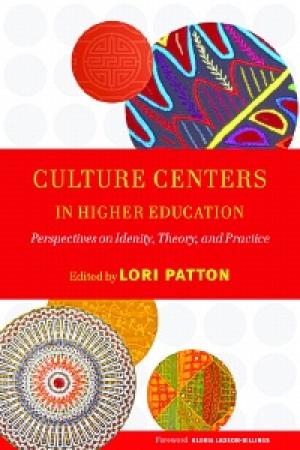
Are cultural centers ethnic enclaves of segregation, or safe havens that provide minority students with social support that promotes persistence and retention? Though Black cultural centers boast a 40-year history, there is much misinformation about them and the ethnic counterparts to which they gave rise. Moreover, little is known about their historical roots, current status, and future prospects. The literature has largely ignored the various culture center models, and the role that such centers play in the experiences of college students. This book fills a significant void in the research on ethnic minority cultural centers, offers the historic background to their establishment and development, considers the circumstances that led to their creation, examines the roles they play on campus, explores their impact on retention and campus climate, and provides guidelines for their management in the light of current issues and future directions. In the first part of this volume, the contributors provide perspectives on culture centers from the point of view of various racial/ethnic identity groups, Latina/o, Asian, American Indian, and African American. Part II offers theoretical perspectives that frame the role of culture centers from the point of view of critical race theory, student development theory, and a social justice framework. Part III focuses specifically on administrative and practice-oriented themes, addressing such issues as the relative merits of full- and part-time staff, of race/ethnic specific as opposed to multicultural centers, relations with the outside community, and integration with academic and student affairs to support the mission of the institution. For administrators and student affairs educators who are unfamiliar with these facilities, and want to support an increasingly diverse student body, this book situates such centers within the overall strategy of improving campus climate, and makes the case for sustaining them. Where none as yet exist, this book offers a rationale and blueprint for creating such centers. For leaders of culture centers this book constitutes a valuable tool for assessing their viability, improving their performance, and ensuring their future relevance – all considerations of increased importance when budgets and resources are strained. This book also provides a foundation for researchers interested in further investigating the role of these centers in higher education. (From the Publisher)

Education partnerships are central to – and often a requirement of – most education reform initiatives promoted by state and local governments, by foundations, and by business funders. Many fail for failure to understand the dynamics of their complex relationships. This book provides insights and guidance to enable prospective and existing education partners to develop answers to the questions that are critical to success: Why engage in this partnership? How can you communicate the potential benefits of partnership to motivate teachers, faculty, administrators, and community members? How do you select the best organizational structure and procedures for a partnership? How can you maintain open, deliberative discussion while respecting different histories and cultures? How can you produce compelling evidence that the partnership is worthwhile? Based on their observation of a five-year-long publicly funded partnership, research data, and the literature, the authors identify the principles that they consider critical to answering these questions. The authors do not minimize the differences and complexities inherent in partnership work, because they believe that doing so would be to present coherence and homogeneity where none exists. Instead, they seek to make evident how these principles underlie many different partnership situations. Thus, rather than presenting a package of best practices, or a cookie-cutter approach, this book presents the organizational principles for planning and implementing education partnerships, along with sets of strategies for working through them. The authors present the diagnostic tools for undertaking a deliberate and research-based approach to planning, designing, and managing a partnership. By surfacing participants’ often-differing motivations, and the practices and assumptions they bring to the table, the book provides the foundation for developing a constructive relationship. In scope, the book extends beyond school-university partnerships to include schools’ collaboration with state and local governments, nonprofit organizations, and the business sector. (From the Publisher)
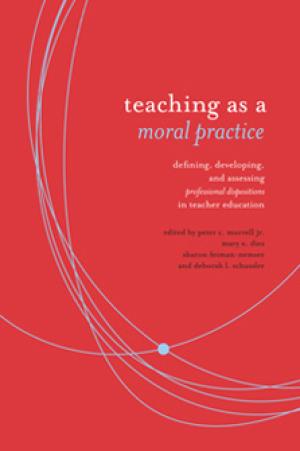
Sometimes understood as habits of mind, “dispositions” represents a new concept in teacher education. Conversations about professional dispositions in teaching often touch on issues such as attitudes, values, moral commitment, and social justice. Based on the American Association of Colleges for Teacher Education’s Task Force on Teaching as a Moral Community, this book addresses the philosophical grounding for the concept of teacher dispositions and examines thoughtful examples of emerging practice. (From the Publisher)
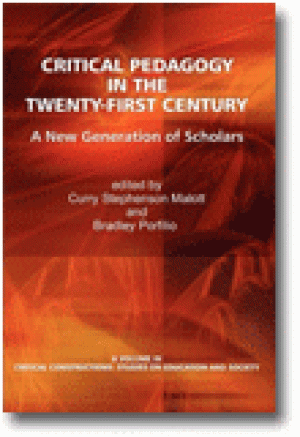
This book simultaneously provides multiple analyses of critical pedagogy in the twenty-first century while showcasing the scholarship of this new generation of critical scholar-educators. Needless to say, the writers herein represent just a small subset of a much larger movement for critical transformation and a more humane, less Eurocentric, less paternalistic, less homophobic, less patriarchical, less exploitative, and less violent world. This volume highlights the finding that rigorous critical pedagogical approaches to education, while still marginalized in many contexts, are being used in increasingly more classrooms for the benefit of student learning, contributing, however indirectly, to the larger struggle against the barbarism of industrial, neoliberal, militarized destructiveness. The challenge for critical pedagogy in the twenty-first century, from this point of view, includes contributing to the manifestation of a truly global critical pedagogy that is epistemologically democratic and against human suffering and capitalist exploitation. These rigorous, democratic, critical standards for measuring the value of our scholarship, including this volume of essays, should be the same that we use to critique and transform the larger society in which we live and work. (From the Publisher)
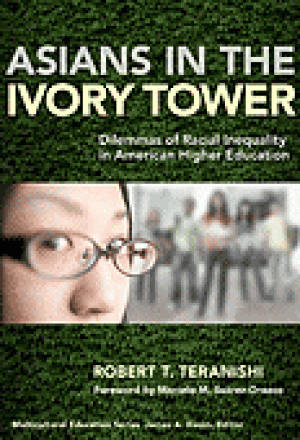
This timely and compelling examination of the experience of Asian Americans in higher education explores why and how Asian Americans and Pacific Islanders (AAPIs) are important to our nation's higher education priorities and places the study of AAPI college participation within a broad set of conditions through which all students must navigate as they pursue higher education. Teranishi captures the intersections of individual agency, social conditions, and organizational structures as synergetic forces that result in a range of postsecondary outcomes for subpopulations within the larger body of AAPIs.
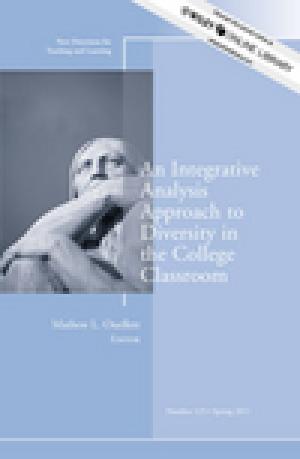
College and university instructors continue to seek models that help students to better understand today's complex social relationships. Feminist, Queer, and Ethnic Studies scholars put forward compelling arguments for more integrative understandings of race, class, gender, and sexuality and for centering the experiences of women, people of color, and others traditionally relegated to the margins. Intersectionality is one such approach. In nine chapters, the contributors to this volume offer an overview of key tenets of intersectionality and explore applications of this model in faculty and instructional development in higher education. Gathered from across the disciplines, they draw upon a range of approaches to social identity formation, different theoretical models, and a complement of lived experiences. When read together, these chapters offer a systemic approach to change in higher education by addressing innovations at course, department, and institutional levels. Intersectionality does not advocate for a flattening of differences. Instead, it argues for another layer of critical analyses that acknowledge the powerful interplay of the many aspects of social identity to address the rapidly shifting ways in which we talk about and describe identities in society and the complexity of classroom dynamics in the academy today. By illuminating the interconnected nature of systems of oppression, we shine a light on the potential for disrupting the status quo and create stronger alliances for social justice. (From the Publisher)
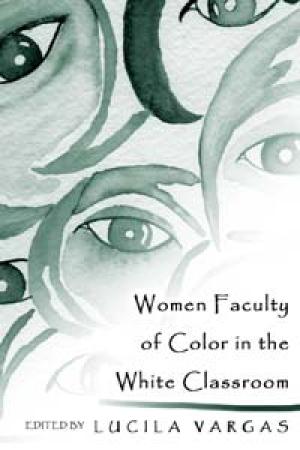
What is it like for women of color to teach in predominantly white college classrooms? This anthology is about the pedagogical implications of diversifying the faculty of higher education. It compiles narratives by women professors of color who interrogate their classroom experiences in predominantly white U.S. campuses to examine the impact of their social positions upon their classroom practices and their teaching-learning selves. The authors reflect upon their unique classroom challenges and talk about the teaching-learning strategies they use to find rewards in their interactions with students. This anthology explores the larger question of how social distinctions shape classroom social life and will be a resource for those concerned with enabling the diversification of the faculty of institutions of higher learning. (From the Publisher)
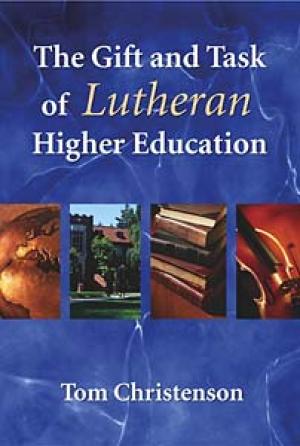
Why should Lutherans care whether there are any ''Lutheran'' colleges and universities? Why should people who study, teach, and work in colleges and universities care whether they are ''Lutheran'' or not? And, maybe most significantly, what does the continued robustness of Lutheran higher education have to contribute to the church and to life and work in the broader public arena? Tom Christenson has thoughtful and persuasive answers to all these questions, and more. (From the Publisher)
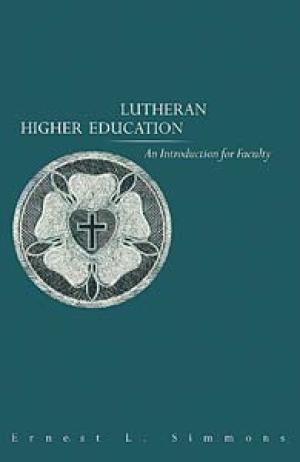
The Lutheran model of higher education affirms the diversity and need to dialog with multiple points of view within a context of academic freedom and christian presence. The great challenge for the future of Lutheran higher education is to keep the questions of faith and learning alive on our campuses. (From the Publisher)
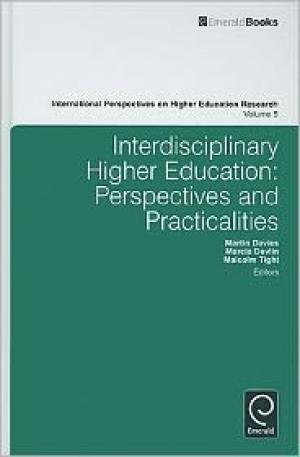
In an age of pressing global issues such as climate change, the necessity for countries to work together to resolve problems affecting multiple nations has never been more important. Interdisciplinarity in higher education is a key to meeting these challenges. Universities need to produce graduates, and leaders, who understand issues from different perspectives, and who can communicate with others outside the confines of their own disciplines. Drawing on contributions from 37 scholars from Australia, New Zealand, Hong Kong, Malaysia, the Netherlands and the United Kingdom, this volume examines issues inherent in providing interdisciplinary education within the structures of universities and proposes ways in which these issues might be best managed. The book has a dual focus on perspectives and practicalities. Themes covered include: the need for graduates who can work within and across multi-disciplinary and multi-professional teams; interdisciplinary leadership; the critical importance of interdisciplinary thinking to meet global challenges; collaboration in interdisciplinary approaches to teaching and learning; the role of institutional and other systems to support interdisciplinary endeavours; the centrality of disciplines; balancing disciplinarity and interdisciplinarity; and the place of interdisciplinarity in graduate outcomes and attributes. Definitional aspects of interdisciplinary higher education and current interdisciplinary practice across a range of contexts are also examined. Contributors represent a wide range of discipline areas, including accounting, academic development, agriculture, food and wine science, biotechnology, employment relations, environmental science, the health sciences, higher education, land and environment, languages and cultures, occupational therapy, science communication, social work and social policy. (From the Publisher)